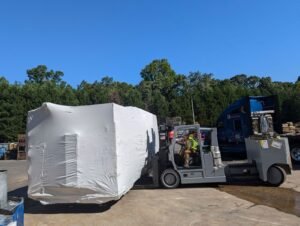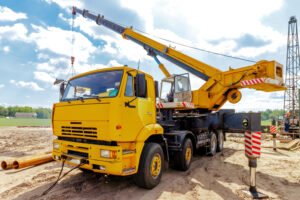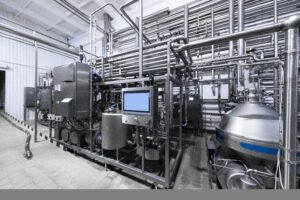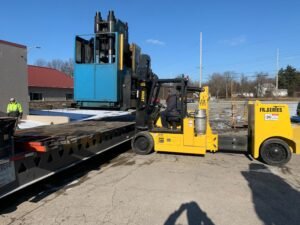Your business is thriving! Orders are pouring in, and your production line is operating both swiftly and efficiently.
Until, inevitably, an issue arises with one of your machines. Everything was on track and running without a hitch. But now, you’re faced with looming deadlines, mounting contracts, and the onset of a headache.
Could this have been avoided?
Committing to regular preventative maintenance and scheduling maintenance shutdowns might be the answer, especially if it isn’t part of your routine already. Over time, such maintenance practices nip small issues in the bud before they balloon into major problems.
The stages of a standard preventative maintenance service include:
1. Routine maintenance
2. Pre-start inspection
3. Operational checks
4. Troubleshooting.
By adhering to manufacturer-recommended maintenance guidelines, preventive maintenance ensures that equipment operates within its designated parameters.
But what are the actual savings from preventative maintenance?
By implementing preventive maintenance, companies can cut costs by up to 20%. Remarkably, every dollar invested in PM can yield a return of $5 in the long run.
So, why consider a planned shutdown?
Even the most efficient plants occasionally require a halt in operations to ensure the essential facets of production remain intact. Planned shutdowns provide the opportunity to preemptively address or stave off potential issues before they result in costly outages, unanticipated shutdowns, or even accidents.
Such shutdowns also present an excellent chance for employee safety training on machines, all without interrupting production.
With the adoption of straightforward and effective shutdown management techniques, businesses can unlock savings equivalent to several additional production weeks annually.
But what does a planned plant shutdown process look like?
The five pivotal phases are:
1. Identifying the necessary work – draft a punchlist.
2. Planning – assemble a team of stakeholders.
3. Scheduling – liaise with contracts and stakeholders.
4. Execution – oversee expectations, outcomes, and potential pitfalls.
5. Wrap-up – revisit the punchlist and secure stakeholder approval.
So, how does Preventative Maintenance differ from a Planned Shutdown?
To put it succinctly: Preventive maintenance is a continuous process, possibly integrated into daily operations or done between shifts, ensuring machinery doesn’t fail. In contrast, a planned shutdown is a deliberate, pre-scheduled pause in operations for more substantial or critical maintenance or upgrades. These shutdowns often involve multiple departments and require collaboration from various teams throughout the plant.
Employing both Preventative Maintenance and Planned Shutdowns annually guarantees machinery operates uninterrupted during production phases, saving on potential downtime expenses. Partnering with a reliable firm like Alltracon, boasting experienced teams and project managers, guarantees the success of these maintenance periods.
As the old saying goes, “An ounce of prevention is worth a pound of cure.“




















